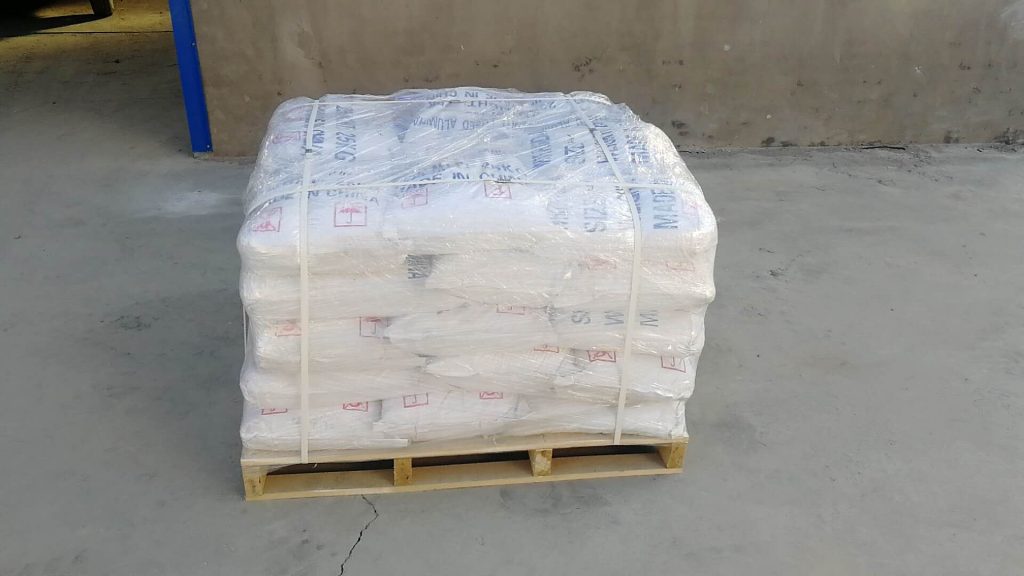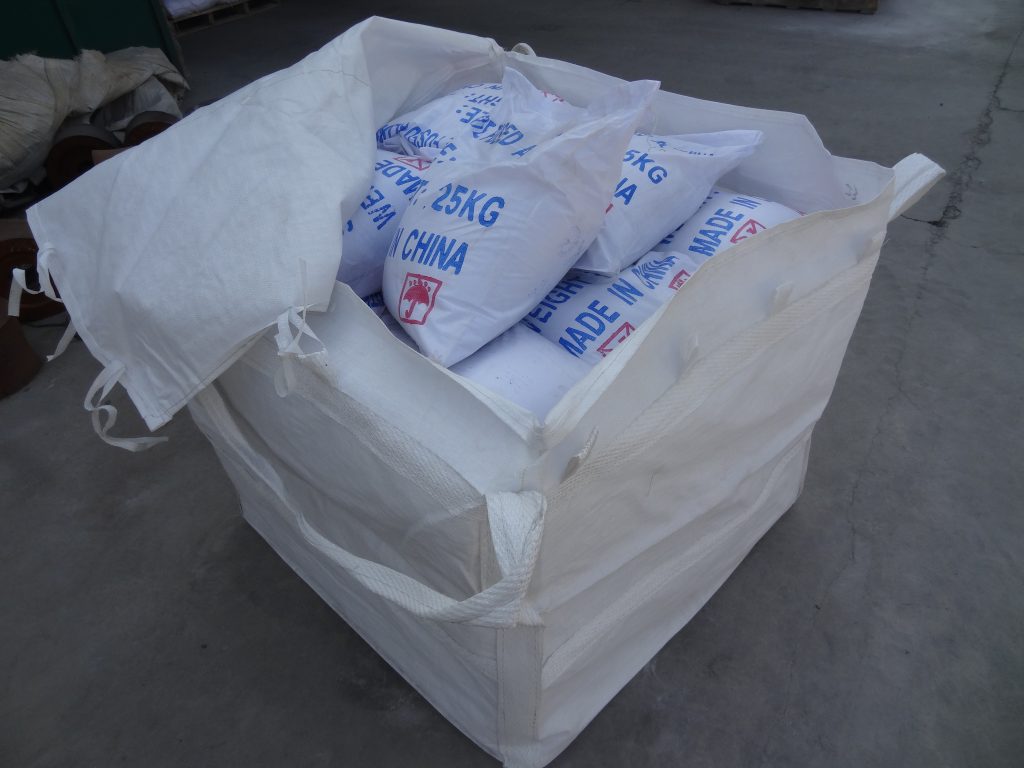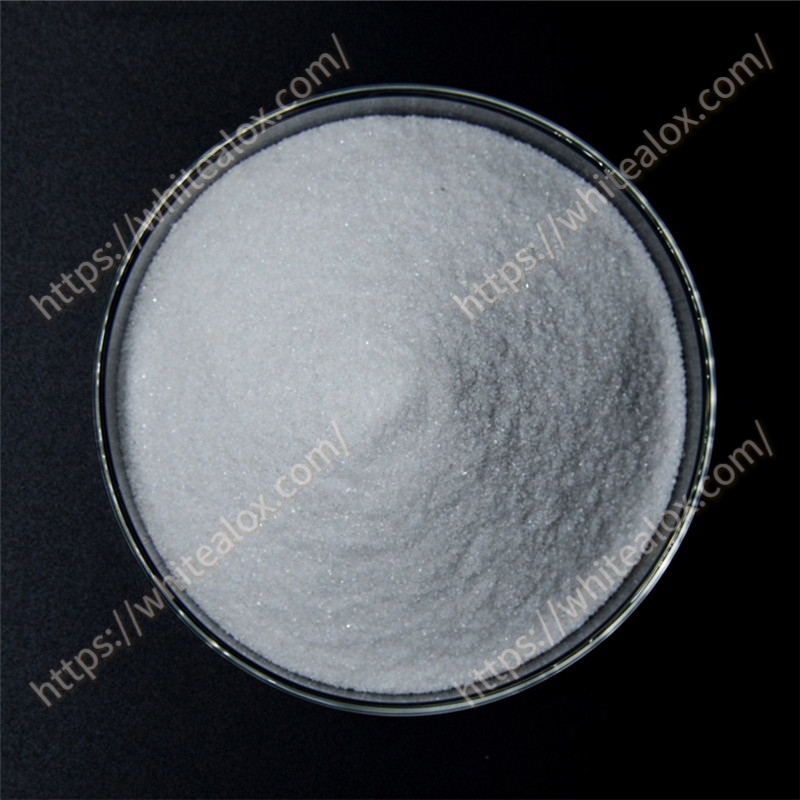Using white aluminum oxide (white fused alumina) for dental polishing is a highly specialized and critical application. It is one of the most common and important abrasives in dentistry due to its exceptional properties.
Here’s a detailed breakdown of its use in this field:
Why White Aluminum Oxide is Ideal for Dental Polishing
The requirements for dental polishing are extreme: it must be effective, precise, non-toxic, and produce a supremely smooth, non-abrasive surface. White aluminum oxide meets these demands perfectly:
-
High Hardness (Mohs 9): Hard enough to effectively abrade dental materials, including composites, ceramics (porcelain), acrylics (dentures), and even enamel and amalgam, but controllable to avoid excessive removal.
-
Exceptional Purity (>99% Al₂O₃): This is its most critical advantage for medical use. The high purity ensures it is chemically inert and non-toxic. It will not react with oral tissues or the restoration materials, preventing irritation, discoloration, or corrosion.
-
Sharp, Angular Particles: The particles fracture to form sharp edges, allowing for efficient cutting and a fine finish. This allows manufacturers to precisely grade the particles by size for predictable polishing steps.
-
White Color: This is neutral and will not stain or discolor the typically light-colored dental restorations (unlike some brown or pink abrasives that might leave a tint).
| Physical Properties | |
| Hardness: micro | 21600-22600kg/mm3 |
| Hardness: Mohs | 9.0 min |
| Specific Gravity | 3.95-3.97g/cm3 |
| Bulk Density | 1.65-2.05g/cm3 |
| Particle Shape | Blocky, Sharp |
| Color | white |
| Chemical compositions | |
| Al2O3 | 99.40min |
| SiO2 | 0.15max |
| Na2O | 0.28max |
| Fe2O3 | 0.06max |
| CaO | 0.03max |


Common Forms in Dentistry
White aluminum oxide is rarely used alone; it is incorporated into various delivery systems:
-
Prophy Paste (Prophylaxis Paste):
-
This is the most well-known form. It’s the gritty paste used during a routine dental cleaning.
-
The white aluminum oxide micro-powder is suspended in a water-soluble, flavored gel or paste (often containing fluoride, humectants, and flavoring).
-
It is applied with a rubber cup attached to a slow-speed handpiece to polish tooth enamel after a scaling (cleaning) to remove stain and create a smooth, plaque-resistant surface.
-
-
Polishing Slurries and Pastes for Lab and Clinic:
-
Finer grades are used as a slurry with water or a specialized lubricant for polishing ceramic crowns, bridges, and composite restorations in the dental lab and at the chairside.
-
They are often used with felt wheels, bristle brushes, or foam points on a rotary handpiece.
-
-
Microetchant (Air-Abrasion):
- A stream of fine white aluminum oxide powder is propelled by compressed air onto a surface.
- Pre-treatment: Microscopically roughening the inside of a crown or the surface of a tooth to create a better bond for cement.
- Cleaning: Removing surface contaminants from restorations.
- Minimal Cavity Preparation: In some conservative techniques.

